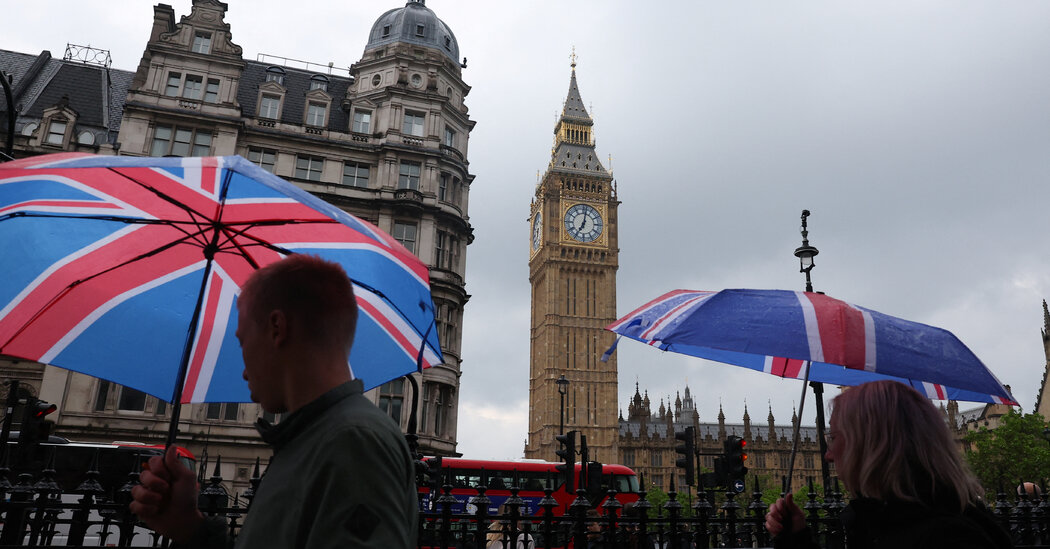Polls suggest the centre-left Labor Party is set to return to power after more than a decade in opposition, which would bring a fundamental realignment to British politics.
How does Britain vote?
The United Kingdom – which includes England, Northern Ireland, Scotland and Wales – is divided into 650 constituencies.
Voters in each constituency select a candidate to represent them as a member of Parliament, and the political party that wins the most seats usually forms the next government. The leader of that party also becomes prime minister.
To gain an absolute majority, a party must secure 326 seats. If the party at the top fails to achieve this, the result is known as a “Hung Parliament” and the party may try to form a coalition government with other parties. In 2010, the Conservatives joined the Liberal Democrats to form Britain's first coalition government since the Second World War and, in 2017, the Conservatives allied themselves with the Democratic Unionist Party of Northern Ireland.
What are the main issues?
The state of the British economy is now the main issue for most voters, according to polls, in the wake of the cost of living crisis and record inflation – which peaked at 11.1% in 2022 and only recently has it started to return to lower levels. target levels.
Another top priority is the National Health Service, the state-funded healthcare system that provides free care across the country. A decade of fiscal austerity that began under Prime Minister David Cameron after the 2009 global financial crisis has left Britain's public services deeply underfunded and facing chronic staff shortages. Waiting lists for NHS treatment were already growing before the pandemic and have increased further since then, becoming a major source of public dissatisfaction.
Immigration ranks third on many voters' list of most important issues, although its importance varies greatly depending on party preferences. Just 20% of Labor voters said it was one of the most pressing national concerns, compared to 65% of Conservatives in a recent poll conducted by YouGov.
Who runs and who is most likely to win?
The two largest parties in Britain are the Conservatives, led by Prime Minister Rishi Sunak, and the Labor Party, led by Keir Starmer, a former public prosecutor and human rights lawyer.
In Scotland, the Scottish National Party became the most popular party in 2015, supplanting Labour. But a funding scandal and Nicola Sturgeon's departure as first minister have weakened the party's support over the past year. Polls now suggest Labor has a chance of gaining significant ground in Scotland this time, which would ease Starmer's path to becoming prime minister.
In recent months the populist Reform Party, co-founded by Brexit champion Nigel Farage, has risen in the polls. Conservative party officials fear the anti-immigration party could draw supporters away from their candidates, even if Farage's decision not to run will have been welcomed by conservatives.
Two other parties, the Liberal Democrats and the Green Party, made notable gains in local elections in early May. But while both aim to add seats in July, Britain's electoral system makes it harder for smaller parties to win seats in parliamentary elections.
When will we find out the results?
Immediately after the polls close, at 10pm on July 4, the results of the exit polls are announced, based on surveys of thousands of voters after they cast their ballots.
Exit polls are not always accurate: famously, in the 1992 and 2015 British elections, they predicted a hung Parliament, when in reality the Conservative Party managed to gain a majority. But in recent years they have become increasingly reliable in the country and are generally seen as a good early indication of how the public voted.
The first results will be announced in some electoral constituencies around 11pm, then the results will arrive at a constant pace until the early hours of the following morning. By around 7am the overall result is generally clear, although some rural seats may be announced later.





